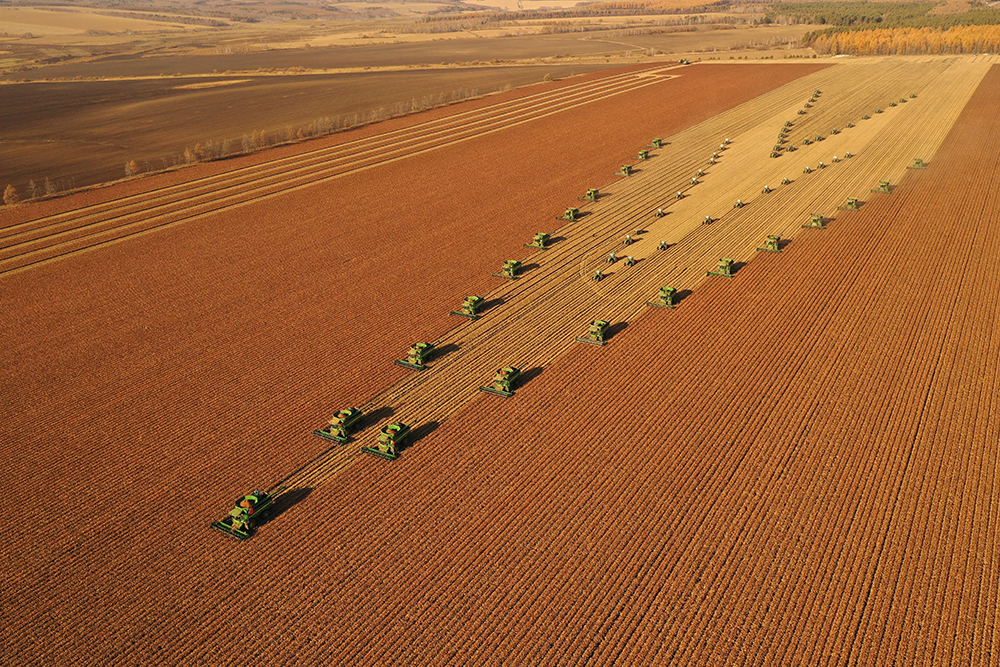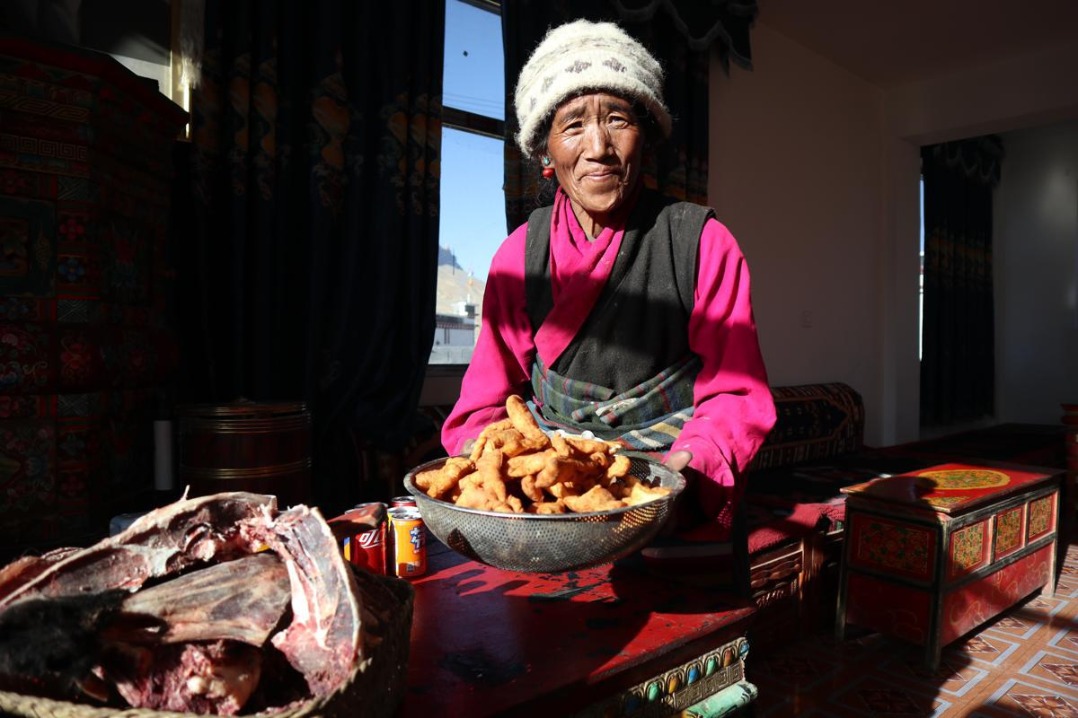Effective measures adopted to protect black soil


Revolutionary practices
However, around 1980, farmers in the county found that the nutrient-rich black soil was becoming increasingly eroded and using more fertilizer didn't result in greater yields from the farmland.
In 2009, Li Baoguo, dean of the College of Land Science and Technology at China Agricultural University, led his students to establish China's first academic black soil protection workstation in Lishu.
After years of joint research and cooperation with the Northeast Institute of Geography and Agroecology of the Chinese Academy of Sciences and the county's agricultural technology station, the model was created, revitalizing the thinner layers of black soil.
"The model is a revolution in traditional farming practices," said Wang Guiman, head of the station. "The key to conservational tillage is to plow less soil through the no-tillage and stalk-covering technology."
"In the past, farmers had to plow the land at least four times when they planted maize, which may destroy the structure of the black soil layers," he said. "Now with the technology of mechanized planting, the processes of cleaning straw, ditching, fertilizing, sowing and covering soil can be completed in a single operation."
"The reduction of rolling compaction in the field by agricultural machines can help improve the water percolating capacity of the soil and the maize straw can provide potassium and nitrogen to the farmland," he said.
"After five years of the no-tillage and stalk-covering operation in the experimental area, the soil organic matter increased by about 0.1 percent per year, six times that of conventional farming."
Since 2012, the Jilin provincial government has promoted the model across the entire province and 46 counties have carried it out on 1.23 million hectares of farmland.
After three years of research, drafting, review and modification, a regulation on black soil protection became effective in the province on July 1, 2018.
It became the first local regulation on black soil protection across the nation, specifying how to control soil loss, increase the density of organic matter, and preserve the moisture and fertility of the soil.
The regulation also sets June 25 as Jilin's black soil protection day.
Zhang Wendi, a farmer from Quanyangou, a village in Lishu, rented 420 hectares of farmland in 2020 and had a maize output of over 5 million kg.
"In the traditional planting model, it may cost around 2,200 yuan ($339) per hectare from planting to harvesting while the new model can save at least 800 yuan," he said. "Furthermore, the new model can help increase the output by over 500 kg per hectare."
He added that farmers who performed conservational tillage on their farmland could receive a government subsidy of 750 yuan per hectare.
The total area of conservational tillage is expected to increase to more than 2.6 million hectares by 2025, according to Jilin Department of Agriculture and Rural Affairs.
























